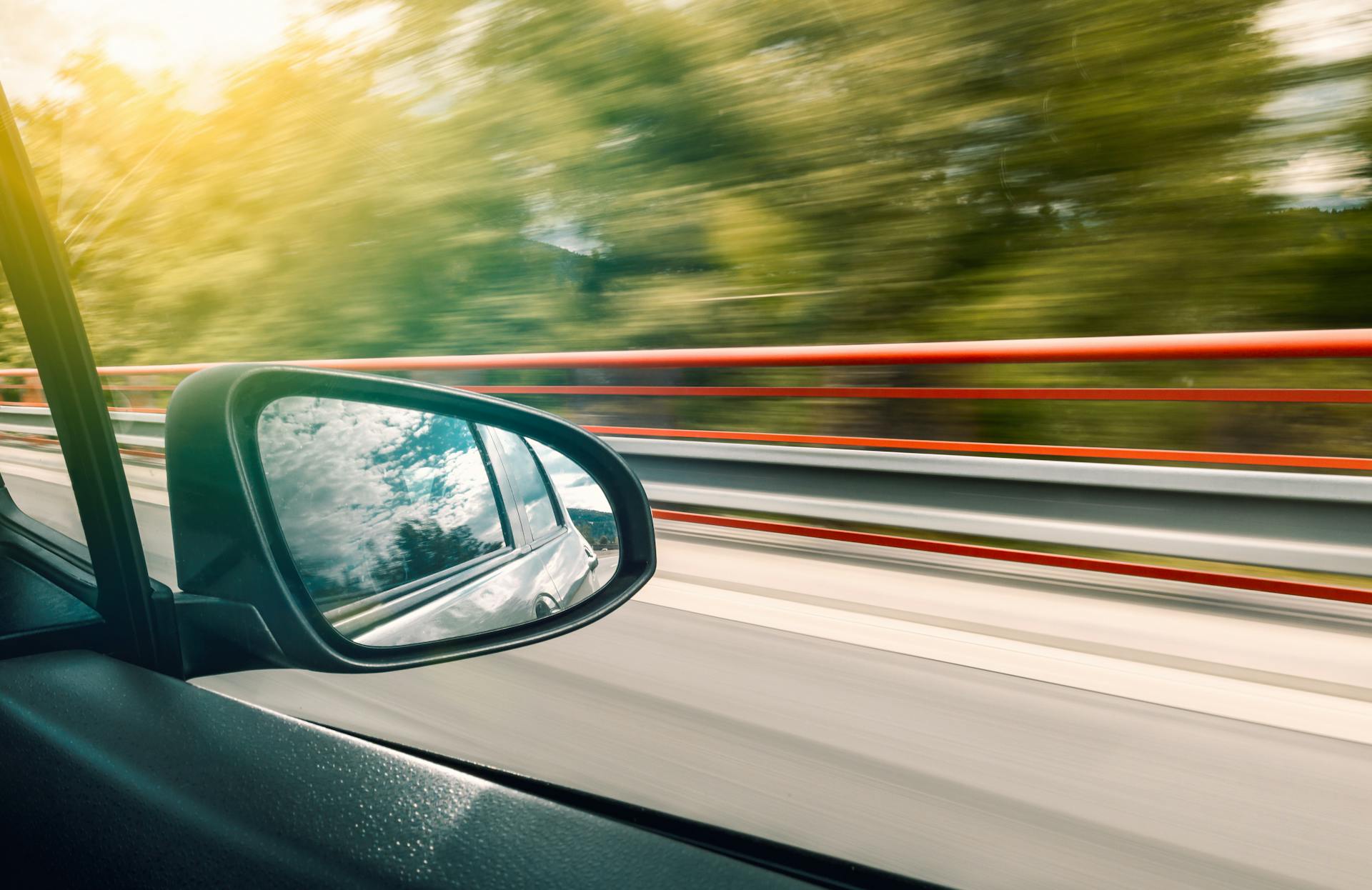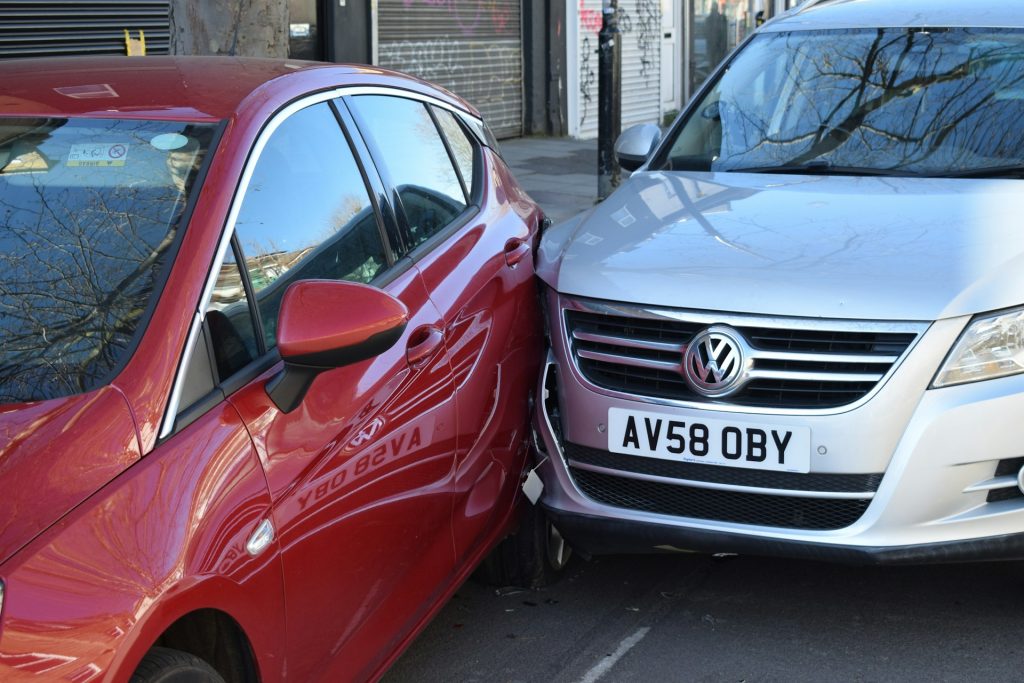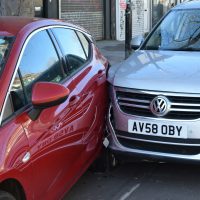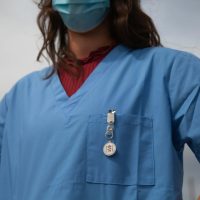When accidents occur, the underlying causes become complex, and that’s why victims can gather the right evidence to support their claims. A well-documented case can make a substantial difference in the outcome of personal injury claims. Insurance companies and legal teams heavily rely on evidence, including witness testimony, photographs, and expert analyses, to determine fault and negotiate settlements.
In many cases, having comprehensive evidence influences the trial’s direction and avoids costly courtroom battles altogether. Knowing what constitutes strong evidence and how to collect it can fundamentally affect a claimant’s success.

The Role of Eyewitness Testimonies
Witnesses are the first sources of information following an accident. The details they provide can strengthen a case. Eyewitness testimonies can corroborate a victim’s account of events and provide context regarding the circumstances leading up to the collision. The collected statement from witnesses should be credible and unbiased.
Reliable testimony can sway a jury’s perception and lend considerable weight to the case. Collect these statements as soon as possible while the witnesses’ memories are still fresh. If contacted later, witnesses might alter their recollections and compromise the testimony’s strength.
The Impact of Visual Evidence in Court
In court proceedings, victims of personal injury may want to show visual aids to add to their case. Jurors find compelling visual content, such as diagrams and photographs, easier to understand than verbal descriptions alone. Thanks to the help of courtroom illustration services, the injured party can present evidence in a more relatable and impactful way with the use of car crash animations that recreate the scene. High-quality visuals can clarify complex scenarios and facilitate juror comprehension during deliberations.
The ability to convey information in an accessible manner influences the jury’s perception of the case. The strategic use of visual evidence will strengthen the argument and be decisive in persuading a jury towards a favorable outcome.
Photographic Evidence
Photos taken at the scene can be powerful tools when establishing a case. They capture the event’s details, including vehicle damage, road conditions, and the positions of all vehicles involved. By providing a clear visual representation of what happened, photographs can contribute to reconstructing the accident’s sequence.
Document the vehicles, any relevant street signs or signals, and the surrounding environment. This photographic evidence can demonstrate negligence if poor road conditions were one of the leading causes. Gathering this visual evidence early on can bolster the argument in favor of the claimant. When well-timed, these images can prove helpful in negotiations and court proceedings.
Police Reports and Expert Analysis
Police reports are critical components of evidence in accident cases. Officers respond and document the accident scene, recording key details that can establish fault. These reports may not always serve as the final word in liability, but they can have an influence in determining it.
Leveraging expert analysis can strengthen a case in complicated accidents involving multiple vehicles or contributing factors. Experts can evaluate vehicle dynamics, provide insights into traffic laws, and make sense of detailed accident reconstructions. Their analysis could prove the difference between a favorable and unfavorable verdict, proving valuable in maximizing the total compensation a claimant may receive.
The Value of Medical Records
Medical documentation is fundamental for car accident claims involving injuries. These records provide an objective medical account of the injuries sustained due to the accident. Maintain comprehensive records that include treatment details, medical bills, and prognoses. This documentation can be robust evidence of the ongoing physical and financial impact on the victim’s life.
Insurance companies scrutinize these records closely to validate the legitimacy of claims. Inadequate documentation can hinder negotiation efforts, whereas thorough records can bolster a case. Victims should guarantee they follow all medical advice and maintain continuous records to protect their interests in any legal action.
Documentation of Economic Damages
Understanding and proving economic damages can influence the outcome of a car accident case. Economic damages cover quantifiable losses, including medical expenses, therapy costs, and lost wages due to injury recovery. Accurately documenting these expenses can build a compelling case.
Victims should keep receipts and wage statements, establishing a clear link between the accident and their financial losses. This documentation can calculate the total damages owed and can influence settlement negotiations. Failure to capture these economic details correctly may lead to losses that do not reflect the reality of the injuries sustained. Thorough documentation cannot be overstated in the claims process.

Incorporating engaging and accurate evidence can make a notable difference in a car accident case. Strong documentation, a well-formed narrative, and effective visual presentations collectively improve a plaintiff’s chances of securing a positive ruling. By understanding which forms of evidence resonate most, claimants can make better sense of the complexities of legal proceedings.

Founder Dinis Guarda
IntelligentHQ Your New Business Network.
IntelligentHQ is a Business network and an expert source for finance, capital markets and intelligence for thousands of global business professionals, startups, and companies.
We exist at the point of intersection between technology, social media, finance and innovation.
IntelligentHQ leverages innovation and scale of social digital technology, analytics, news, and distribution to create an unparalleled, full digital medium and social business networks spectrum.
IntelligentHQ is working hard, to become a trusted, and indispensable source of business news and analytics, within financial services and its associated supply chains and ecosystems










